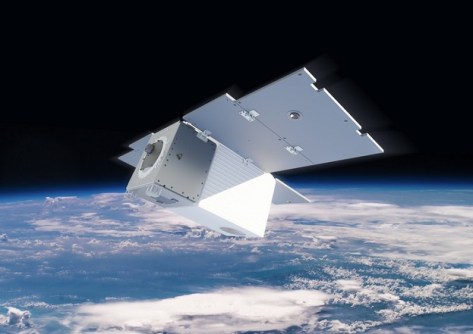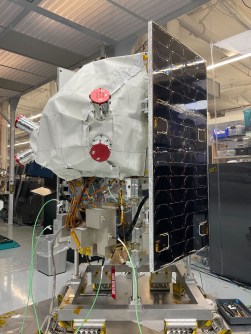
Planet Labs’ latest Pelican high-resolution satellite and 36 medium-resolution SuperDove satellites have arrived at Vandenberg Space Force Base in preparation for launch in early 2025.
Pelican-2 will join Pelican-1 (a smallsat platform tech demonstration launched last year) as part of Planet’s next-generation, high-resolution fleet, to support and expand its existing SkySat capabilities.
Pelican-2 is designed to provide up to 40cm-class resolution imagery across 6 multispectral bands optimised for cross-sensor analysis.

Planet has collaborated with NVIDIA to equip Pelican-2 with the NVIDIA Jetson platform for edge AI and robotics to power on-orbit computing — with the aim of vastly reducing the time between data capture and its availability for customers.
Pelican-2 is designed to rapidly convert precise spatial data into near-real-time insights for use cases such as object detection, vegetation and crop type classification, and disaster response.
The 36 SuperDove satellites — PlanetScope Flock 4G — will replenish Planet’s on-orbit medium-resolution fleet. The current SuperDoves capture daily, 8-band Earth observation data.






